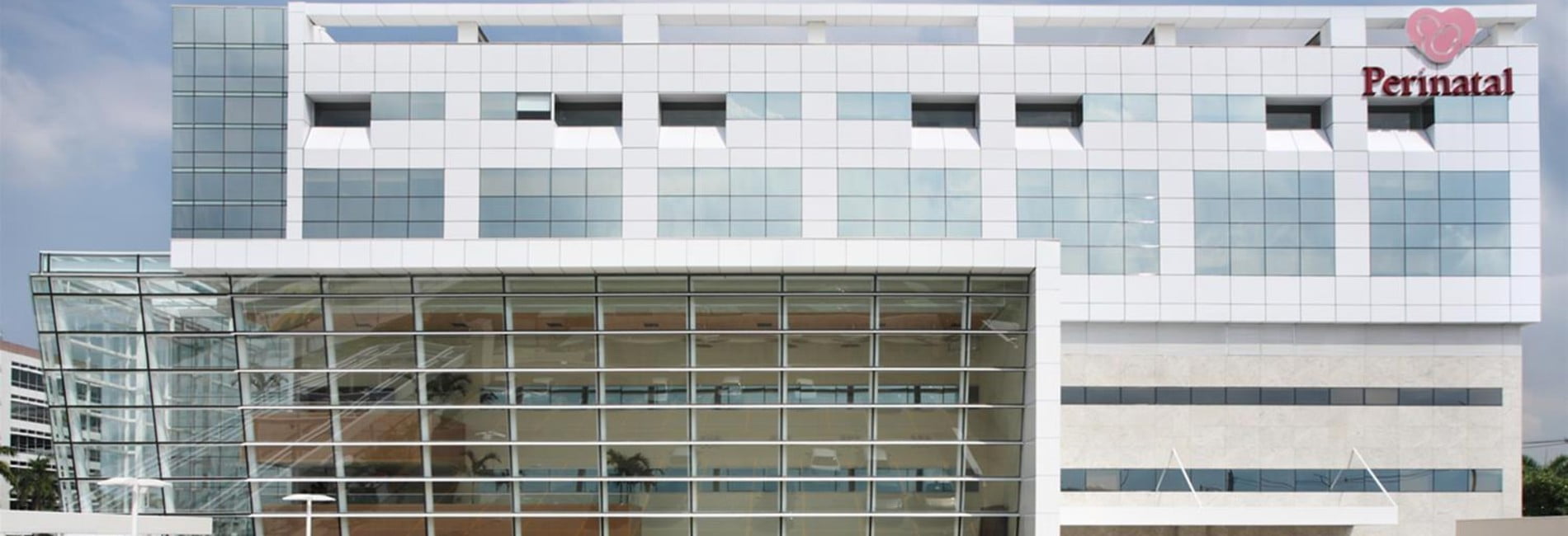Healthcare providers increasingly rely on modern telecommunication solutions to deliver quality care for patients. As technology and public needs advance, investing in telecommunication solutions is key to long-term stability and operations. Distributed Antenna Systems (or DAS) for hospitals have emerged as the best way to improve connectivity, and a good example of this is found at Hospital Perinatal Barra.
Spanning 200,000 square feet and treating over 475,000 visitors per year, Rio de Janeiro’s Perinatal Barra is a model maternity hospital. As families welcome new babies, loved ones visit and stories are shared across devices, peak demand for mobile connectivity remains consistently high. The hospital needed stronger connectivity to provide the right atmosphere for patients and the right stability for healthcare providers.
DAS challenges at Perinatal Barra Hospital
In addition to location and connection considerations, early project planning weighed more sensitive issues, such as interference with medical equipment and risks for pregnant women and newborns.
The complexity of hospital spaces makes any construction project challenging — particularly any project that aims to extend coverage to every floor, room and corner of a building.
Perinatal is no exception; its robust structural design, built to contain the dispersion of contaminating agents, complicated efforts to provide strong connection throughout. The hospital complex contains various wings separated from one another, thick walls and a fireguard system, all of which prevented signal propagation.
In response to these challenges, QMC Telecom designed and implemented Active DAS, which now allows the signal to reach all floors and rooms of the hospital at levels that satisfy the requirements of staff and visitors.
The DAS implementation was performed quietly and efficiently, without causing major disruptions to ongoing health services or hospital operations. Project stakeholders respected the area’s rules and requirements and, after the process concluded, patients and employees enjoyed 100% coverage, provided by 126 antennas and six remote units.
Why DAS is best for hospitals
As an indoor solution, DAS connects to a network of operators through small antennas placed strategically throughout the site, bringing quality signal strength to the entire coverage space.
While there are various means of increasing connectivity in indoor spaces, DAS is the top choice for hospitals because it does not adversely affect patient or staff health with radiation, interfere with medical equipment, or disrupt ongoing operations. DAS also delivers quality signal coverage — specifically in closed areas — overcoming the physical barriers of reinforced walls and doors.
Naturally, hospitals need signal coverage to offer the experience visitors expect. But beyond meeting these expectations for visitor coverage and connection, DAS allows for faster diagnostics, patient monitoring, reliable access to medical records, and electronic notifications. It solves for the distinct needs of patients, visitors, medical teams and facilities staff.
Another key advantage is the reduction of medical service errors. With improved connectivity, it is possible to reduce communication failures in patient care by up to 70%, including the reduction of errors in the identification of sample collection and the administration of medications.
Ultimately, DAS coverage has worked for Perinatal; from a seamless project delivery to the ongoing benefits of connectivity, QMC Telecom has delivered a network that will sustain the hospital for years as it continues to play a vital role in Rio de Janeiro.
Interested to learn more about DAS coverage for hospitals?
Contact us today.






